In Alberta, the typical real estate commission structure involves a combined fee for both the buyer’s and seller’s agents. This fee is usually 7% for the first $100K of the
Category: Alberta Statistics
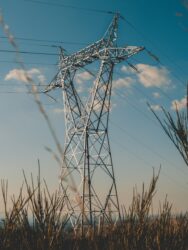
What is The Regulated Rate Option (RRO) in Alberta?What is The Regulated Rate Option (RRO) in Alberta?
The Regulated Rate Option (RRO) in Alberta is a default electricity pricing plan available to residential, farm, irrigation, and small commercial customers who consume less than 250,000 kilowatt hours per

What is the Highest Tax Bracket in Alberta?What is the Highest Tax Bracket in Alberta?
In Alberta, the tax system is designed to be competitive, fair, and efficient, with a progressive structure that sees tax rates increase with income. As of the 2023 tax year,
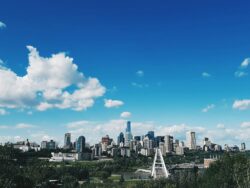
What is the Highest Temperature Ever Recorded in Edmonton, Alberta?What is the Highest Temperature Ever Recorded in Edmonton, Alberta?
Edmonton, Alberta, has experienced its share of hot days, but the highest temperature ever recorded in the city reached a scorching 37.2 degrees Celsius (98.96 degrees Fahrenheit) on June 29,

What is the Hottest Month in Alberta?What is the Hottest Month in Alberta?
Alberta’s Seasonal Warmth Peaks in July In the diverse and expansive province of Alberta, Canada, July emerges as the hottest month, a time when the landscape is fully alive with
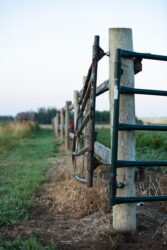
What is the Largest Ranch in Alberta?What is the Largest Ranch in Alberta?
The McIntyre Ranch: A Beacon of Conservation and Heritage The McIntyre Ranch, sprawling across the southern Alberta landscape near Lethbridge, is often celebrated as one of the largest ranches in
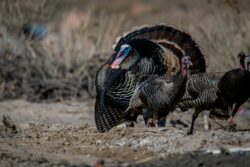
What is the Largest Upland Game Bird Found in Alberta?What is the Largest Upland Game Bird Found in Alberta?
Alberta’s Upland Game Bird Diversity Alberta, with its vast and varied landscapes, is home to a rich diversity of upland game birds. Among these, the Wild Turkey stands out as
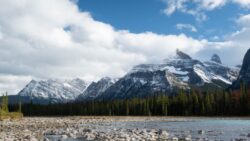
What is the Longest River in Alberta?What is the Longest River in Alberta?
Exploring the Athabasca River: Alberta’s Longest Waterway The Athabasca River holds the distinction of being the longest river in Alberta, stretching over 1,538 kilometers (km). Originating from the glaciers of
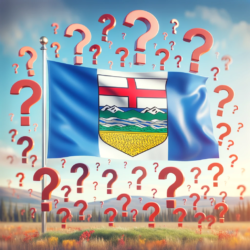
What is the Minimum Score for Alberta PNP?What is the Minimum Score for Alberta PNP?
The Alberta Express Entry Stream, part of the Alberta Advantage Immigration Program (AAIP), requires candidates to have a minimum Comprehensive Ranking System (CRS) score of 300 to be considered for

What is the Northern Living Allowance in Alberta? How Much is it?What is the Northern Living Allowance in Alberta? How Much is it?
The Northern Living Allowance in Alberta is a financial incentive designed to offset the higher cost of living and working in the province’s northern regions. This allowance acknowledges the unique

